
-
Find the right food for your petTake this quiz to see which food may be the best for your furry friend.Find the right food for your petTake this quiz to see which food may be the best for your furry friend.Featured products
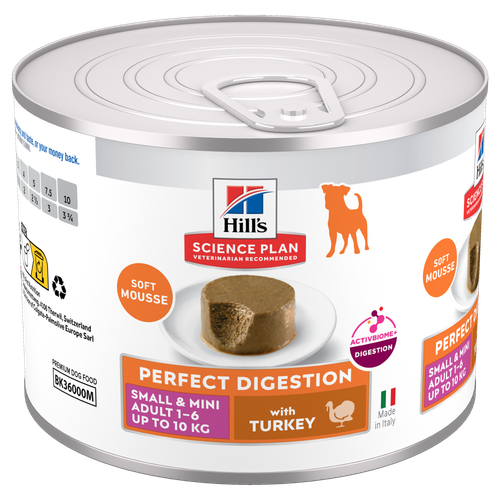 Perfect Digestion Small & Mini Adult Dog Food
Perfect Digestion Small & Mini Adult Dog FoodHill's Science Plan Perfect Digestion Small & Mini Adult Dog Food with Turkey is a complete premium pet food for small breed adult dogs aged 1–6 years. This deliciously smooth mousse is precisely balanced to deliver the appropriate amount of energy and to support digestive health in adult, small breed dogs.
Shop Now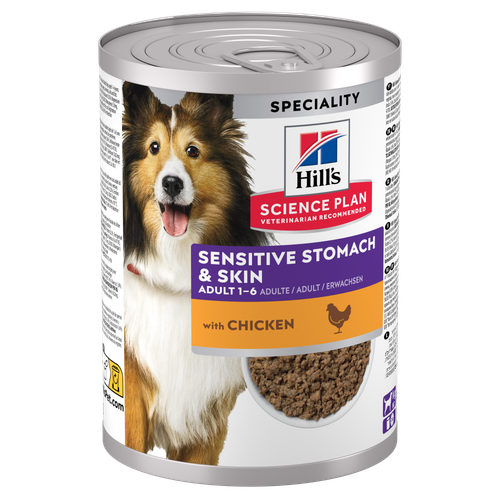 Sensitive Stomach & Skin Dog Food
Sensitive Stomach & Skin Dog FoodHill's Science Plan Sensitive Stomach & Skin Adult Wet Dog Food with Chicken is a complete premium dog food for adult dogs from 1 year. This savoury tinned loaf is enriched with ingredients that support digestive health & skin care.
Shop Now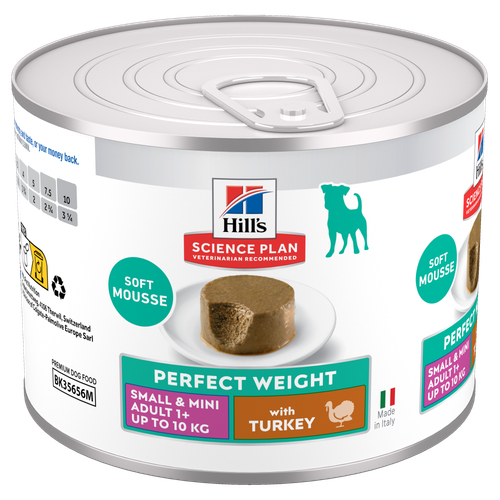 Perfect Weight Small & Mini Adult Dog Food
Perfect Weight Small & Mini Adult Dog FoodHill's Science Plan Adult Small & Mini Dog Food with Turkey is a complete premium pet food for adult small dogs from 1 year old that are prone to weight gain or slightly overweight. This deliciously smooth mousse is formulated to deliver the appropriate amount of energy to support weight maintenance in adult dogs.
Shop NowFeatured products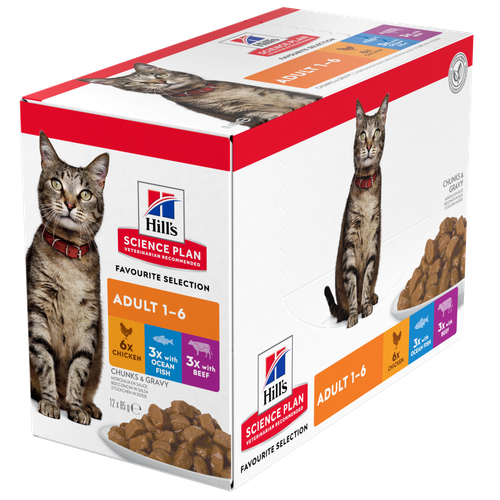 Adult Multipack Wet Cat Food with Beef, Ocean Fish & Chicken
Adult Multipack Wet Cat Food with Beef, Ocean Fish & ChickenTender chunks in gravy for cats, with high-quality protein to maintain lean muscle. With vitamin E and omega-3s & -6s for healthy skin and balanced minerals to support healthy vital organs.
Shop Now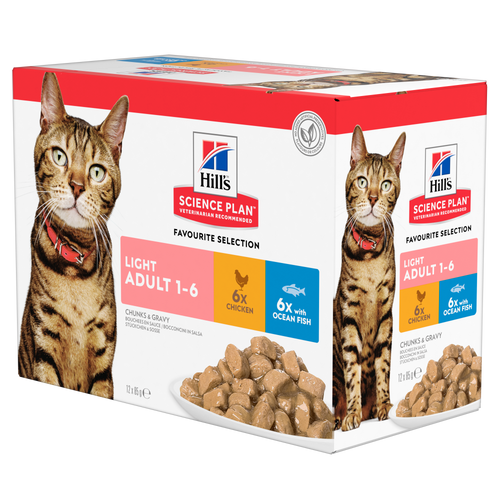 Light Adult Multipack Wet Cat Food with Chicken & Ocean Fish
Light Adult Multipack Wet Cat Food with Chicken & Ocean FishTender chicken chunks in gravy for cats, with L-carnitine and fewer calories for ideal weight management. Packed with high-quality protein, omega-6s, and vitamin E for shiny fur and healthy skin.
Shop Now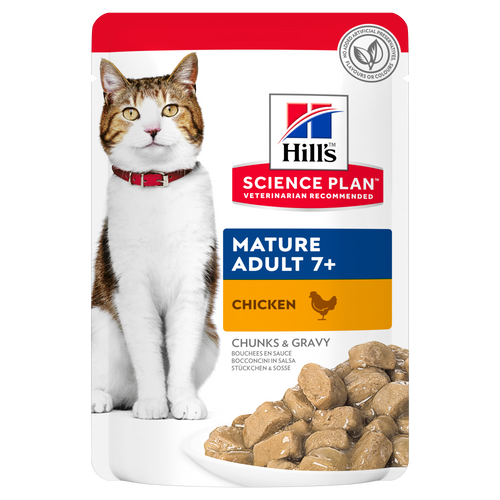 Mature Adult Wet Cat Food with Chicken
Mature Adult Wet Cat Food with Chicken
Tender chicken chunks in gravy for mature adult cats. Made with easy-to-digest ingredients, high-quality protein for lean muscle maintenance and antioxidant vitamins C+E for optimal health.
Shop Now -
Dog
- Dog Tips & Articles
-
Health Category
- Weight
- Food & Environmental Sensitivities
- Urinary
- Digestive
- Joint
- Kidney
-
Life Stage
- Puppy Nutrition
- Adult Nutrition
- Senior Nutrition
Cat- Cat Tips & Articles
-
Health Category
- Weight
- Skin & Food Sensitivities
- Urinary
- Digestive
- Kidney
-
Life Stage
- Kitten Nutrition
- Adult Nutrition
Featured articles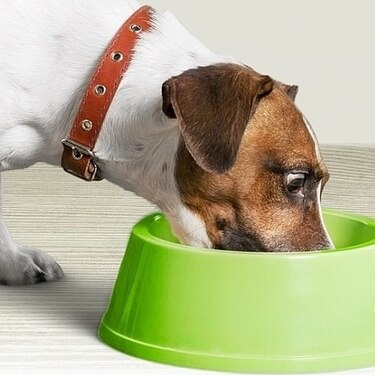 The Right Diet For Your Pet
The Right Diet For Your PetIn people, the right diet is very important. If you are eating the wrong way for your metabolism, activity level, age and lifestyle you could end up with health issues.
Read More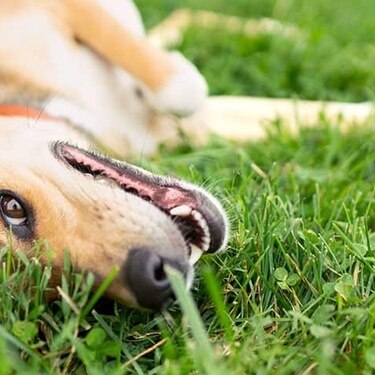 Show some love with wet foods: a great choice for pets with health issues
Show some love with wet foods: a great choice for pets with health issuesShow some love with wet foods: a great choice for pets with health issues.
Read More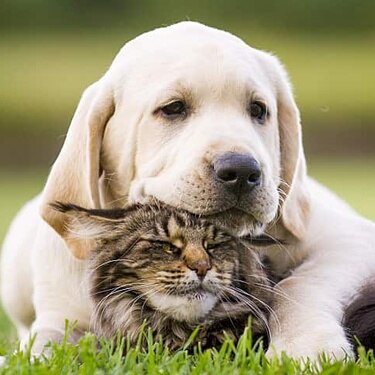 The Incredible Science Behind Your Pet's Microbiome
The Incredible Science Behind Your Pet's MicrobiomeLearn what your pet's microbiome is, how it contributes to your pet's gut and overall health, and why nutrition is important in maintaining healthy microbiomes.
Read More -


Good dental health isn’t just important for our well-being, it's also very important for your cat's health. Anyone who has had sore gums or a toothache will know how unpleasant mouth pain can be, and dental care is integral to good dental health. As well as preventative dental care, knowing how to spot the signs and symptoms of cat dental disease is very important.
What is feline dental disease?
It can be difficult to keep your cat's teeth clean, so dental health problems in cats are common. In fact, research shows that at around the age of two, 70% of cats have some sign of dental disease. Problems usually start with a buildup of sticky plaque that hardens to form tartar. If not removed, this can lead to gingivitis, a painful condition consisting of inflamed gums, and eventually periodontal disease. Cats may lose teeth and be prone to infections. These bacteria can get into the bloodstream and cause issues elsewhere in the body such as the heart and kidneys.


Tasty Tips
What causes dental disease in cats?
Plaque, a colourless film on your cat's teeth, is the perpetrator of bad breath and gum disease. Plaque is caused by bacteria mixing with sugary components of food. This is exactly the same process in cats as in humans. We can remove plaque by brushing, but because your cat doesn't brush their teeth like you do, this plaque can cause tartar buildup. Tartar is the result of unremoved plaque hardening and gradually becoming thicker and thicker. It forms a hard yellowish layer on the teeth, especially at the gum line. This build-up irritates the gums, causing swelling, redness and inflammation – otherwise known as gingivitis. Left unchecked, your cat can develop periodontal disease, which can destroy the gums and tissue that support the teeth.
There are some factors that can contribute to dental health problems in cats. These include:
Food: Feeding cats sticky food can lead to a more rapid buildup of plaque.
Breed: Some breeds of cat, such as the Siamese and Persian, are more prone to dental disease.
Dental disease is preventable and treatable in most cats. Keeping your cat's teeth and gums clean and healthy may seem a daunting task, but if you start when your cat or kitten is young and get into the habit, brushing can become as much a part of your cat’s routine as yours.
The first step is to ask your veterinarian to check your cat’s teeth to see if they may already have a problem that requires professional attention. Once your cat’s teeth are clean and back to a good starting point, then you can get started on dental hygiene at home. Your vet will be able to talk to you about brushing your cat's teeth regularly (yes, this can be done at home with many cats). With a gentle approach and some patience, lots of cats become more than happy to have their teeth cleaned. Your vet or vet nurse may be able to give you a demonstration. As you’ll see when you read on, if brushing really is impossible, there are some specially formulated foods that are designed to clean your cat’s teeth for you.
Does my cat have dental disease?
If your cat has dental health problems, usually the first thing you'll notice is bad breath. If you notice any of the following signs in your cat, contact your veterinarian for a complete examination, as it could mean your cat has a dental problem:
- Bad breath
- Sore mouth
- Difficulty eating or looking like they want to eat but walking away
- Loose teeth or tooth loss
- Pawing or rubbing the mouth
- Bleeding gums
- Yellow or brown tartar on the teeth
- Dribbling
- Unkempt coat – cats with mouth pain may stop grooming.
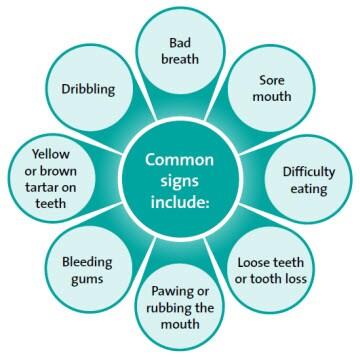
The importance of nutrition
The food your cat eats plays an important role in their overall health and well-being as well as their dental health. High-quality cat foods can support the immune system and help keep infections at bay.
There are some dry foods which are formulated with special fibres in a larger kibble size. This means your cat has to chew the food, and the specially-aligned fibres scrape the teeth clean. These foods can make a huge difference to long-term dental health.
Remember that you should never change your cat’s food without consulting your vet, and always change the food gradually over 5-7 days to avoid a tummy upset or food rejection. It’s also important not to use these dental care foods if your cat has anything more than mild plaque build-up. If they have tartar or gingivitis, they should have their teeth properly cleaned first and eat only soft food until the pain and inflammation has subsided.
In summary
As with all things when it comes to health, prevention is much better than cure. If you get a kitten, get started on a teeth-cleaning routine from the get-go. The younger you start, the easier you and your cat will find it. Never use human toothpaste – it’s a flavour many animals don’t like, and it’s designed to foam up and be spat out. Always use a toothpaste formulated for cats.
If your cat is older, it’s never too late. Get their teeth checked by your vet and cleaned if necessary. Remember that regular brushing is the most proven way to prevent dental disease in both cats and humans. But don’t despair if either your busy life or your cat’s temperament get in the way of your good intentions. Speak to your vet about the special foods that may well make both your lives easier!
Reviewed by Dr. Hein Meyer, DVM, PhD, Dipl-ECVIM-CA and Dr. Emma Milne BVSc FRCVS.


One of our staff authors prepared this article for you
Related products

Tender chicken chunks in gravy for cats, with L-carnitine and fewer calories for ideal weight management. Packed with high-quality protein, omega-6s, and vitamin E for shiny fur and healthy skin.

Tender chicken chunks in gravy for mature adult cats. Made with easy-to-digest ingredients, high-quality protein for lean muscle maintenance and antioxidant vitamins C+E for optimal health.


Tender chunks in gravy for cats, with high-quality protein to maintain lean muscle. With vitamin E and omega-3s & -6s for healthy skin and balanced minerals to support healthy vital organs.
Related articles
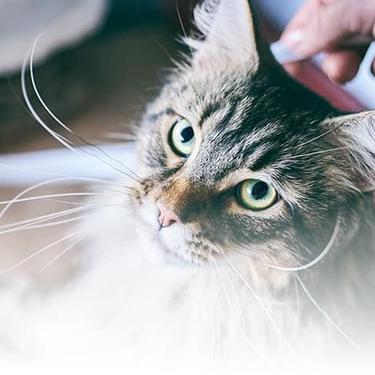
Learn how to make homemade cat treats that are healthy for your pet with this recipe from Hills Pet Nutrition.

There are three common ways to feed a cat. Each way has its advantages and disadvantages.
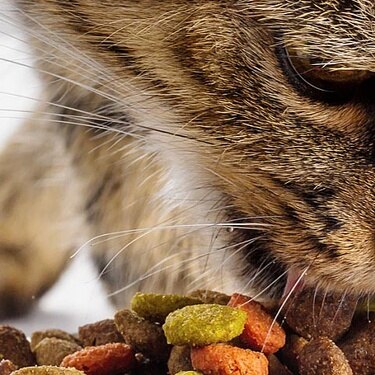
From essential vitamins & minerals to different types of meat, learn what to look for when choosing the best cat food for your feline.
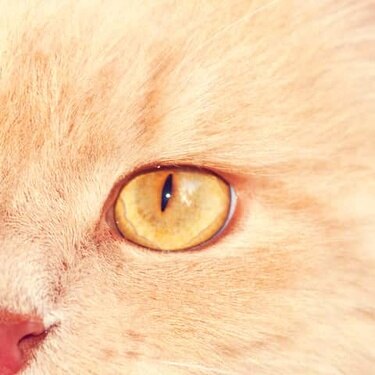
Chocolate is known to be poisonous for dogs, but it can also be toxic for cats. Learn why chocolate is bad for cats & what to do if she's eaten it.

Put your cat on a diet without them knowing
Our low calorie formula helps you control your cat's weight. It's packed with high-quality protein for building lean muscles, and made with purposeful ingredients for a flavourful, nutritious meal. Clinically proven antioxidants, Vitamin C+E, help promote a healthy immune system.
Put your cat on a diet without them knowing
Our low calorie formula helps you control your cat's weight. It's packed with high-quality protein for building lean muscles, and made with purposeful ingredients for a flavourful, nutritious meal. Clinically proven antioxidants, Vitamin C+E, help promote a healthy immune system.

